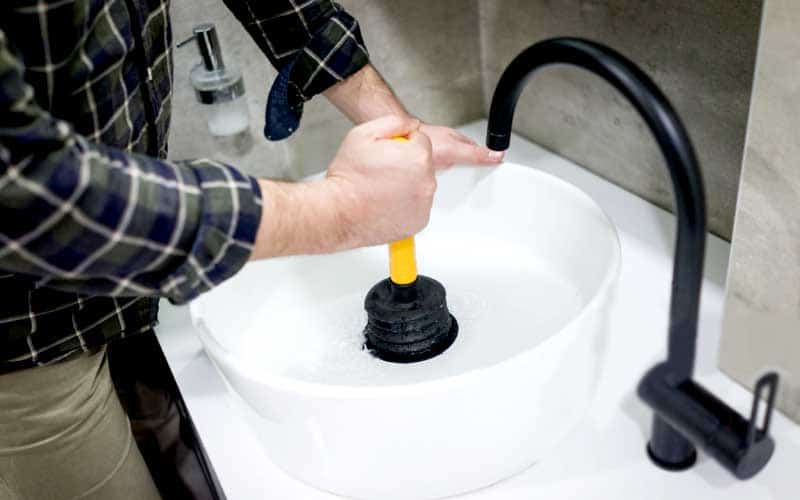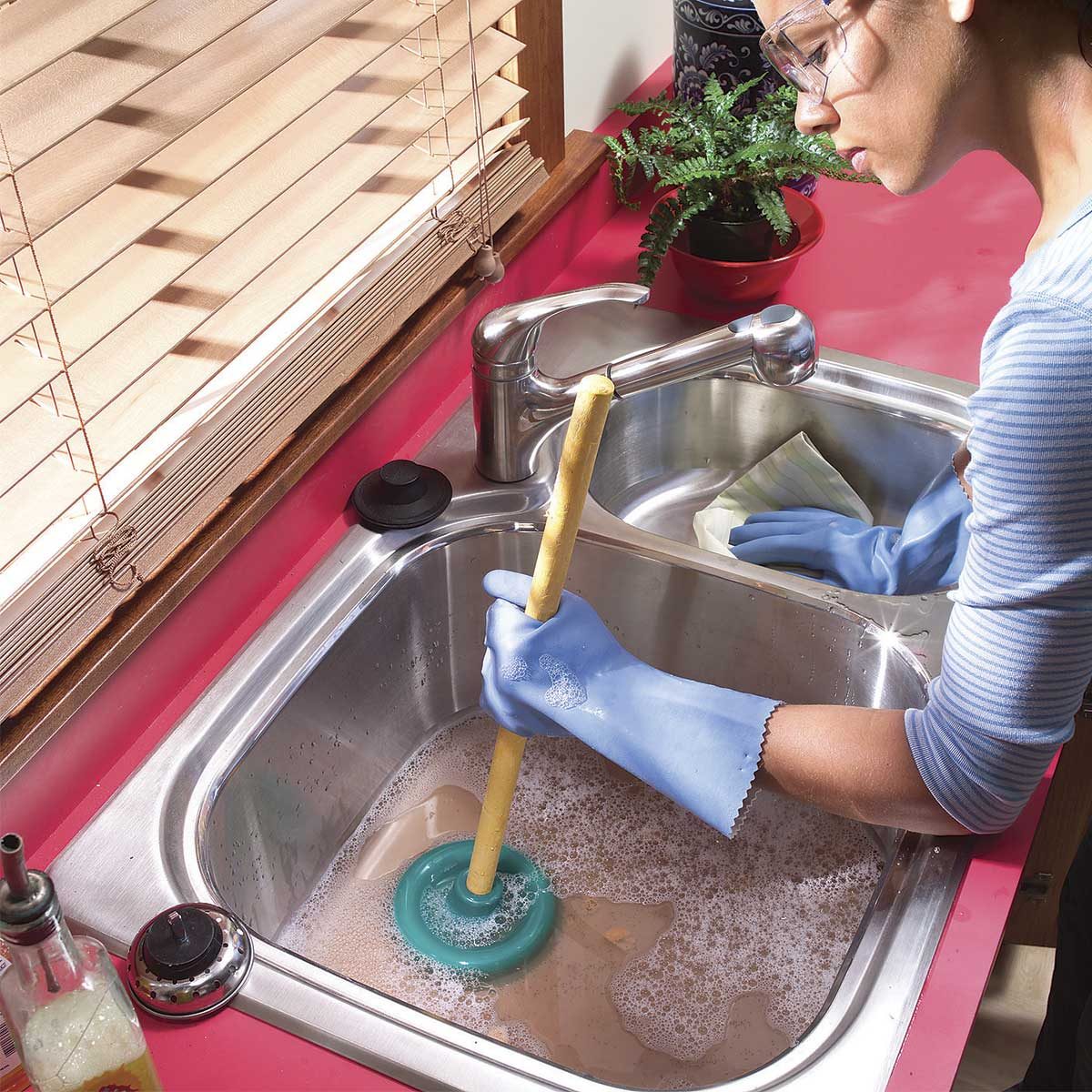Waterlogged And Wondering Why - 6 Causes For Your Kitchen Sink's Lagging Drain
Waterlogged And Wondering Why - 6 Causes For Your Kitchen Sink's Lagging Drain
Blog Article
Almost everyone maintains his or her own perception involving Why Is My Sink Not Draining?.

It's not normal for your kitchen area sink to congest multiple times in one month. If your sink blocks twice a week, there's some trouble going on.
An obstructed cooking area drainpipe does not just decrease your tasks, it degrades your whole plumbing system, gradually. Below are some typical routines that motivate sink blockages, and also exactly how to avoid them.
You need correct garbage disposal
Reusing waste is fantastic, but do you take notice of your natural waste as well? Your kitchen needs to have two separate waste boxes; one for recyclable plastics and also an additional for organic waste, which can become garden compost.
Having actually an assigned trash bag will certainly assist you and your household prevent tossing pasta as well as other food residues down the drain. Commonly, these residues absorb wetness and come to be blockages.
A person tried to clean their hair in the kitchen area sink
There's a right time and area for whatever. The kitchen sink is simply not the best location to clean your hair. Washing your hair in the kitchen sink will certainly make it clog one way or another unless you utilize a drain catcher.
While a drainpipe catcher might capture the majority of the results, some strands might still make it through. If you have thick hair, this may suffice to slow down your water drainage and at some point form an obstruction.
You're throwing coffee away
Used coffee premises and coffee beans still take in a significant amount of wetness. They may appear tiny sufficient to throw down the drain, however as time takes place they begin to swell and also take up even more space.
Your coffee premises should enter into natural waste disposal. Whatever portion escapes (maybe while you're washing up) will be cared for during your regular monthly cleanup.
You've been consuming a lot of greasy foods
Your cooking area sink may still obtain obstructed even with natural waste disposal. This may be since you have a diet regimen abundant in greasy foods like cheeseburgers.
This grease layers the within pipelines, making them narrower and more clog-prone.
Your pipe had not been dealt with effectively in the first place
If you've been doing none of the above, however still obtain regular blockages in your cooking area sink, you ought to call a plumber. There may be an issue with just how your pipes were set up.
While your plumber shows up, look for any leaks or irregularities around your cooking area pipelines. Don't attempt to take care of the pipelines on your own. This may cause a mishap or a cooking area flooding.
There's more dirt than your pipes can manage
If you obtain fruits straight from a farm, you may discover more kitchen area dust than other individuals that go shopping from a mall. You can easily fix this by cleaning up the fruits as well as veggies appropriately prior to bringing them right into your house.
Melt the sludge
The fault isn't from your kitchen sink at all
Maybe the problem isn't from your kitchen sink, yet the whole water drainage system. In such an instance, you might see that sinks as well as drains get clogged every other week. You need a professional plumbing service to repair this.
My Kitchen Sink Won’t Drain - What Should I Do?
If Your Sink Has a Garbage Disposal...
Turn on the disposal. If the disposal hums and doesn’t turn, then there’s clog in the disposal unit. Go to your circuit breaker panel, and switch off the circuit breaker to your garbage disposal. Back in your kitchen, double-check that your garbage disposal is off by trying to turn it on. The disposal should not move, and it should not make any noise. Lie down underneath your sink so that you can see and access the bottom of the disposal unit. Look for a hole that looks like the head of a hex-head bolt in the center of the unit. Place an Allen wrench inside this hole and turn it from side to side until you feel a decrease in resistance and are able to rotate the wrench completely in a single direction. This action rotates your disposal’s blade manually. Put the wrench aside, and press the disposal unit’s reset button or switch. Flip your garbage disposal’s circuit breaker switch back on, and turn on the unit to see if the obstruction has cleared. If it hasn’t, repeat the steps above until the obstruction is removed. How to Unclog a Kitchen Sink Drain
If you have a double bowl sink, seal one side of the sink with an airtight lid or a second plunger before plunging the other side. Otherwise, you won’t be able to create adequate suction. Place the cup of the plunger completely over the drain opening. Turn on the faucet, and let the water run until it completely covers the cup of the plunger. Start plunging by pushing the plunger down and pulling up again in order to build up suction. Make sure that the edges of the plunger stay in contact with your sink, or else you’ll lose the suction. If you have trouble forming a seal between your sink and plunger, add petroleum jelly to the mouth of your plunger, and try again. Plunge about five or six times before removing the plunger to see if water starts to drain properly. In some cases, you’ll even be able to feel the clog become dislodged while you plunge because suddenly there will be much less resistance. Repeat the plunging process until the clog clears. Once water is draining properly again, run hot water down the drain for 5 minutes to help clear away grease, grime, and debris from the clog. https://www.plumbingjoint.com/blog/2019/august/my-kitchen-sink-won-t-drain-what-should-i-do-/

We had been guided to that write-up about Why Is My Sink Not Draining? from a friend on our other blog. Sharing is caring. Helping people is fun. We treasure reading our article about Five Ways to Fix a Slow Sink Drain.
Book Instantly
Report this page